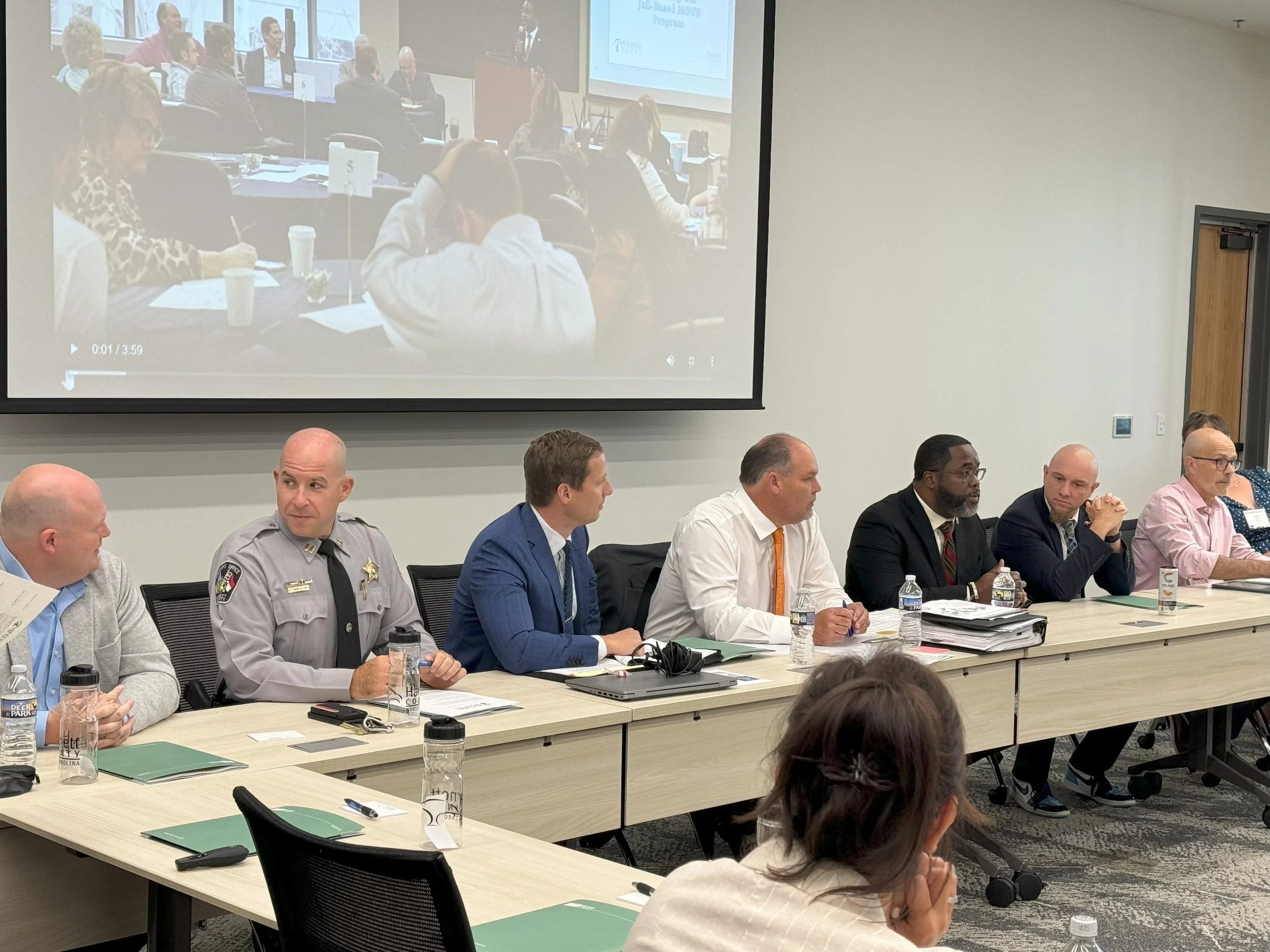Resources for Rural Communities
Use the filters below to search by resource topic, type, and audience.
How a New Program is Sparking Change in Ohio Jails
A couple of years ago, the Sandusky County Jail was the first in Ohio to launch a program called IGNITE, which stands for Inmate Growth Naturally and Intentionally through Education. IGNITE started in 2020 at a county jail in Flint, Michigan. The sheriff there wanted to shift the jail’s culture and reduce the rate of people returning to jail. So they started offering courses to teach skills like financial literacy and parenting. Since then, the National Sheriff’s Association has adopted the program and has spread to more than 25 jails nationwide.
Identifying Signals of Mental Health Crisis in Calls for Police Service
Study of mental health call patterns in a rural county, showing stable hot spots and implications for police and mental health practitioners.
PBS Report: How Alternative Policing in Rural America Could Work
Video examines North Carolina small towns innovative responses to mental health emergencies, homelessness, and low-level crime, featuring social worker ride-alongs and crisis support programs.
The Good Ol' Boys and the Bad People: The Criminalization of Rural Disadvantage
Mixed-methods research on rising rural incarceration rates, with rural jail populations increasing while urban rates decline. Explains differences and contributing factors.
Vera Incarceration Trends
The Vera Institute of Justice Incarceration Trends website includes more than five decades of local jail and state prison data at the national, state, and county levels.
Successful Pretrial Strategies in Rural Communities: Small-Town Solutions to Solve Big-Time Problems
Webinar on rural pretrial justice strategies, needs, and funding opportunities, featuring experts from North Carolina and Indiana.
Evidence-Based Crime Reduction Strategies for Small, Rural, and Tribal Agencies
This guide provides evidence-based policing practices (EBPP) for small, rural, and tribal agencies. The information comes from published research studies and working group conversations with command staff from various small, rural, and tribal agencies








